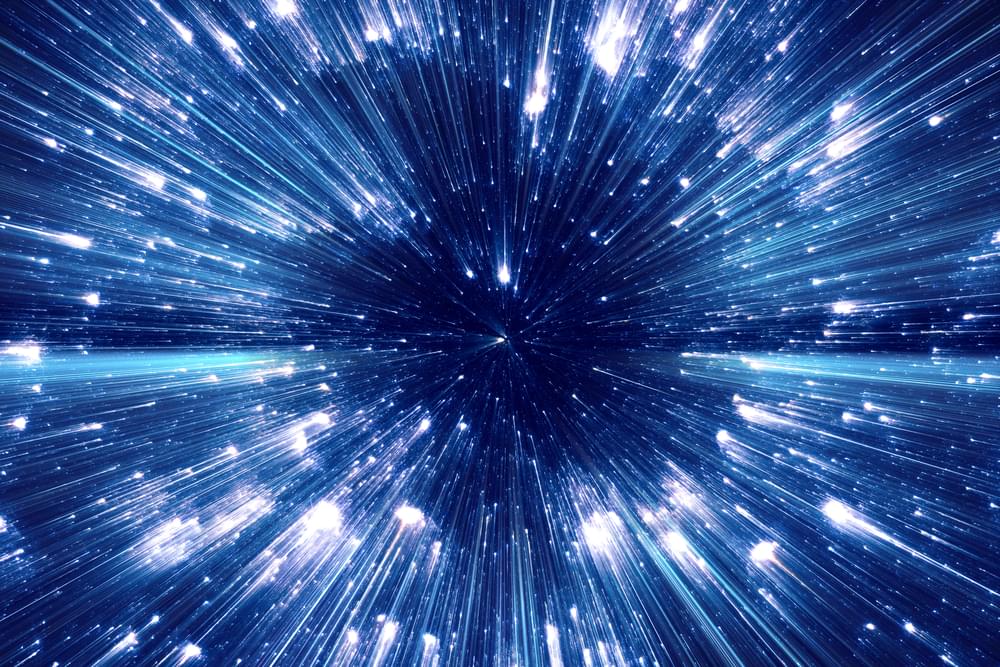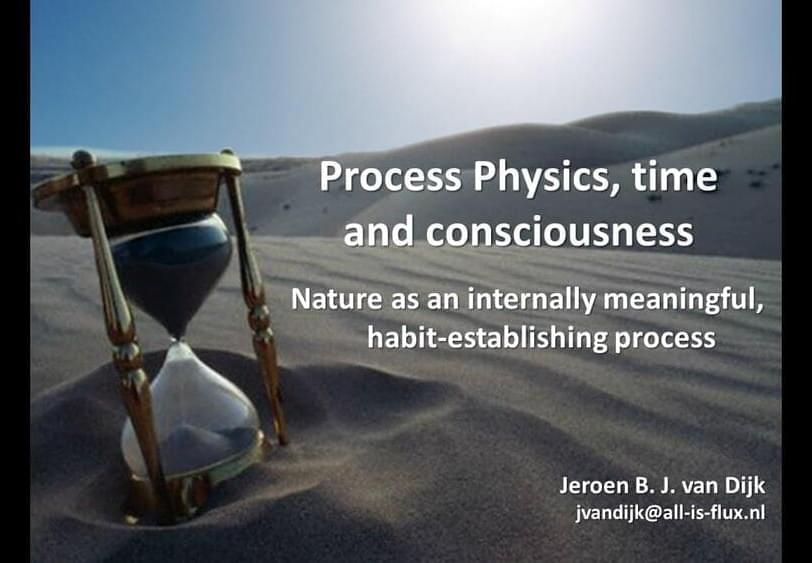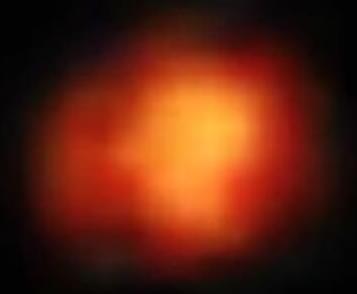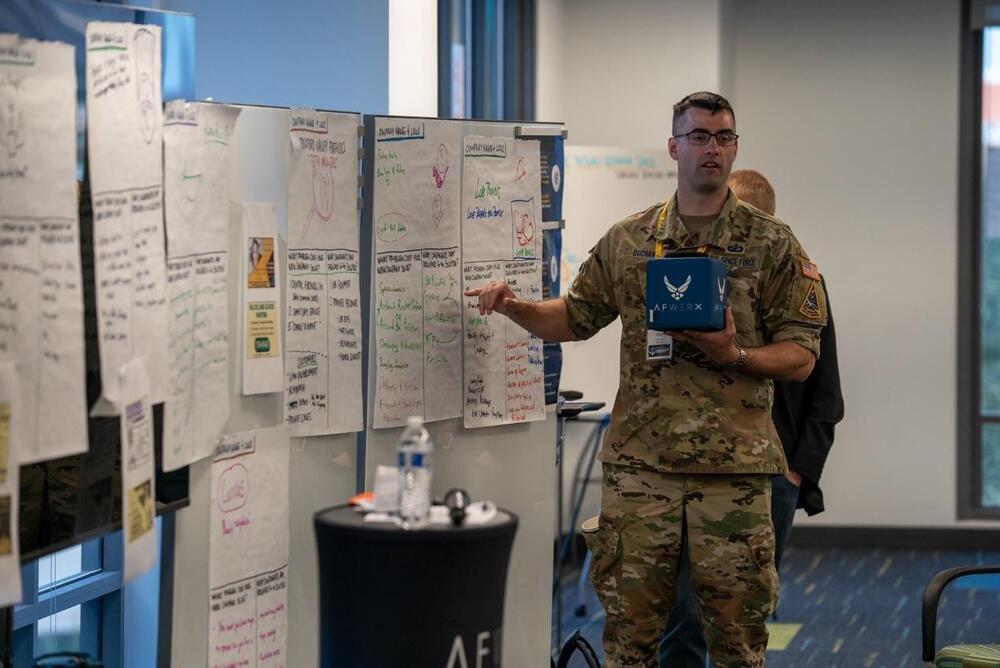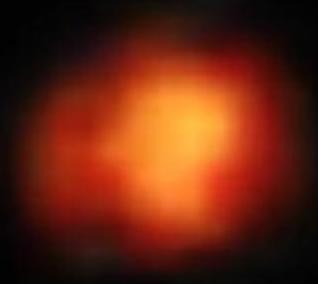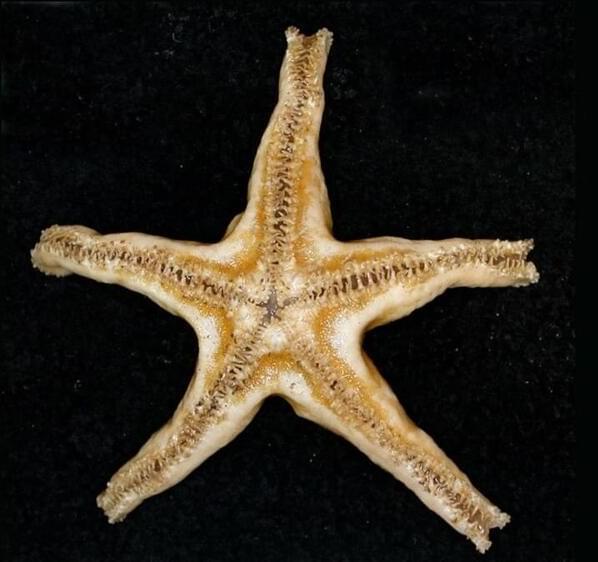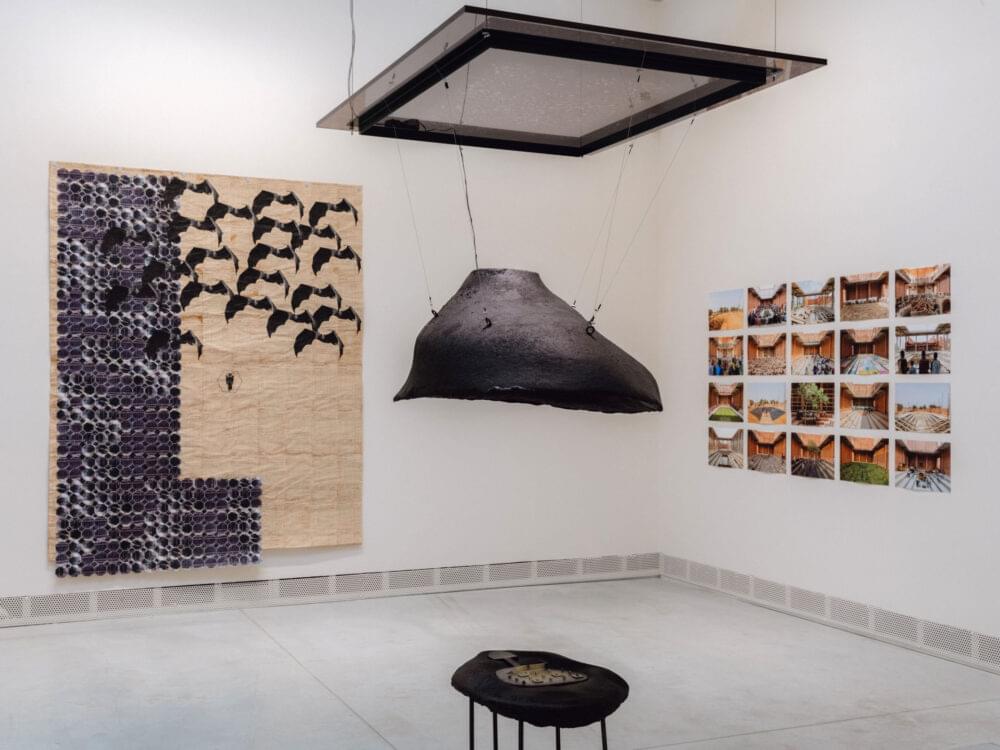
The dome is varnished matte black and shaped somewhere between an oversized eco-chic lampshade and a fifth grader’s diorama of a volcano—all pudgy curves and asymmetric slopes. Underneath sits a small table, almost a stool, made of the same amorphous material. The table is fitted with a brass fixture loosely reminiscent of a guitar but (so the adjacent panel tells me) is actually a replica of the 17th-century microscope designed by Dutch scientist Antonie van Leeuwenhoek—a nod to the father of microscopy.
From a speaker concealed in the dome, a voice intones:
In the midst of a global pandemic, on the eve of an irreversible climate emergency, and in the early, thrilling decades of a biotech revolution, the human race began to question its relationship to the natural world. For many years, scientists believed life to be a competition, one that humanity must win… But as biologists learned more about living systems, it became undeniable that interdependence was key to understanding life on Earth.
